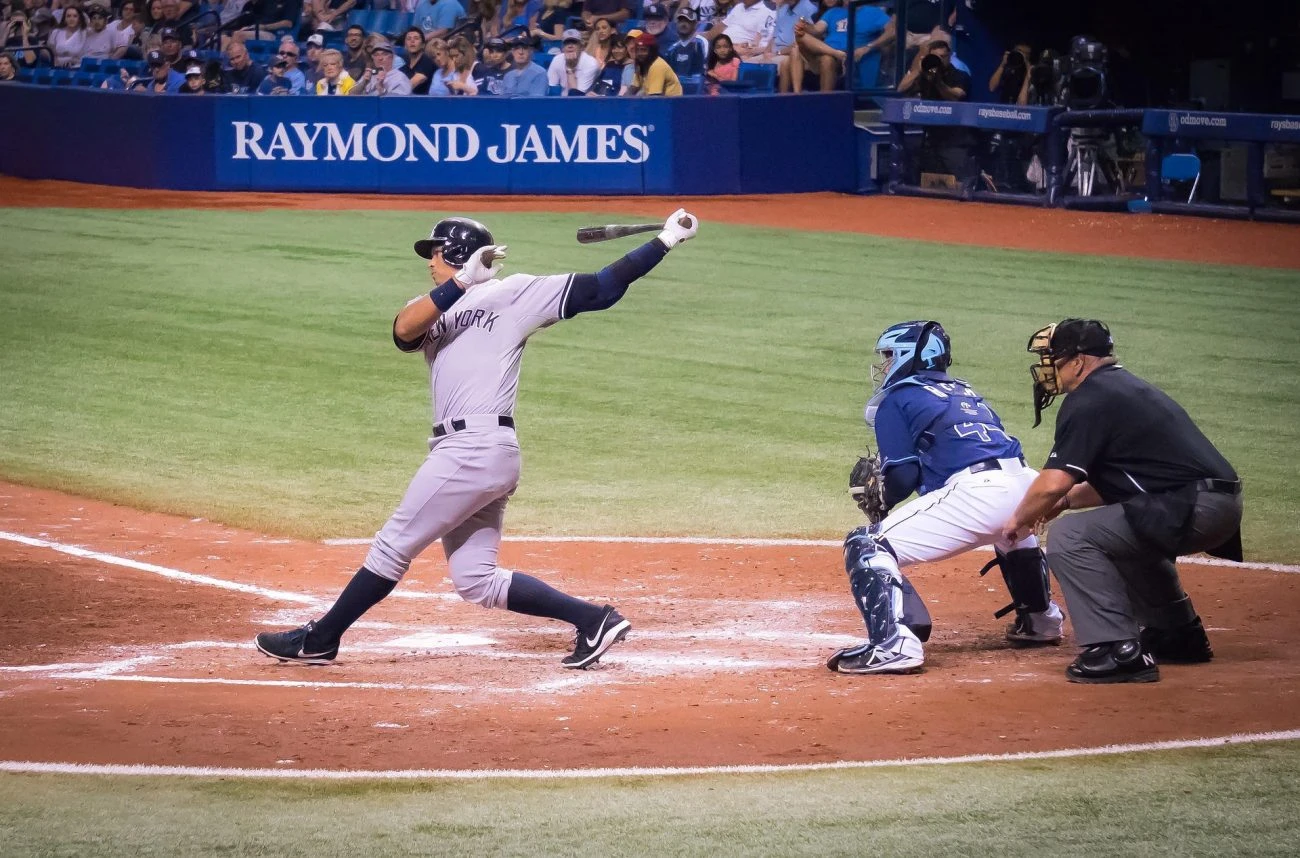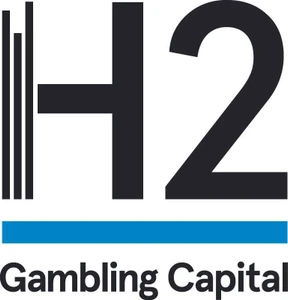US sports betting: Is micro betting the sports equivalent of igaming?

Micro betting is a subset of in-play wagering that allows players to wager on individual moments in a game in real-time. It offers the instant gratification/continuous betting opportunities of igaming but with the skill of sports betting.
Jump to:
In-play betting – Market potential
Micro betting – Market potential
Micro betting – Current performance
Micro betting could be a key driver to increase in-play wagering of US sports to levels of that seen in Europe for basketball and tennis, with the majority of wagering activity being incremental to existing spend.
Other benefits of a high-frequency, low-price sports betting product include:
- Attracting a younger generation of customers that prefer less time commitment
- Increasing player engagement and therefore LTVs
- Increasing spend of “casual” players – therefore reducing reliance on high-value players
- Creating new opportunities for operators to differentiate through product, marketing and promotions
- Reduced risk with far less margin variance on a daily basis due to exponentially more distinct timeframes as compared to spreads and totals
There is currently limited publicly available empirical data on the impact that micro betting is having on the US sports betting market. However, anecdotal data suggests that operators are starting to view this as a material future growth driver.
One example of this is DraftKings’ expansion of micro betting to cover college football ahead of the 2022 season. On the opening weekend of the season, this allowed users to bet on an “unprecedented 100,000 plays” across the 85 games.
PointsBet has also been a leading proponent of in-play betting, and micro betting in particular. In the company’s fiscal Q4 2022, the company stated that it generated 63% of handle from in-play betting in its North American business and expects 75% of handle to be generated by in-play in the US.
In-play betting – market potential
In terms of trying to quantify the potential for in-play betting, we look at our total sports betting market estimates for 2025 and take the low point of the 75%-85% of handle estimate of where we think that in-play could get to in the long-term. We then use the same margin differential for in-play/pre-match that has been reported in Oregon to estimate the resultant gross win.
This suggests that in 2025, in-play could generate c.$117bn of handle and c.$9bn of gross win in the US.
The strong growth potential of in-play is now starting to come through in the most recent US data, with Genius Sports reporting significant growth from in-play in their latest results. In the first three weeks of the NFL season, the company has seen in-play handle increase by 70% YoY, leading to in-play GGR up 200% YoY – which has been the main driver in overall US revenue growth of 70% YoY.
Micro betting – market potential
The potential of micro betting is more difficult to estimate, not least because the definition of micro betting is still up for debate. For example, in tennis would micro betting be classified as wagering on the next point, or would it include wagering on the next game, or even the next set – i.e. anything less than the end result? In basketball would it be the next basket, or the next quarter, or the next half?
Depending on your view of the above, the micro betting market size potential varies significantly. As an example:
- c.5% of in-play tennis wagering is on point betting, whereas 35% is on game betting and a further 20% is on set betting – so at one level micro betting could be said to account for c.5% of in-play tennis betting, or it could be said to account for c.60% of in-play tennis betting
- in basketball, c.35% of wagers are not related to the full-time result, but only c.2% are on player prop bets – however we do note that there is very little in the way of true micro betting markets in European basketball (i.e. next basket etc.)
Given that tennis is the only European product that currently has real micro betting markets, we use this as a proxy for the potential in US sports.
Data reported by a leading provider of micro betting markets shows that micro betting accounted for 14%-18% of in-play betting in 2021, reaching as high as 30% in college football. We use the 18% figure as the low-point of our analysis for the market potential, and the 30% achieved in college football as the mid-point. The high point of 45% is based on a 50% increase in that currently achieved in college football, given the relative immaturity of the product, and is a five-percentage point premium to the current point and game betting in European tennis. This broad range implies handle of $21bn to $52bn in 2025.
We then reduce the assumed hold margin, as in-play betting can include parlay wagers which are higher margin, and therefore micro betting is likely to have a lower hold margin than other products. At an assumed 7.1% hold margin, this equates to gross win of between $1.5bn and $3.7bn in 2025 – or a mid-point estimate of $2.5bn of gross win.
It is worth noting that due to the uniqueness of each sport there is room for even more upside. In addition to the stop-start cadence of US sports, there are far more variations of markets and selections for micro timeframes as compared to tennis. Each play can be a rush or pass, a first down, a sack, a touchdown etc.
It should also be noted that in-play/micro betting is not incompatible with the current operator focus on parlay betting. The most popular micro market for NFL is a four-selection drive result market. The most popular plate appearance market for baseball is an eight-selection market including home run, strikeout, etc.
Furthermore, when compared to global sports, US sports present unprecedented opportunities for micro timeframe player props as fans of these leagues are far more accustomed to tracking and predicting player performance. Predicting which player will record the next touchdown or three-pointer, or whether a player will make or miss their next shot attempt could prove popular. By contrast, player prop markets don’t have the same potential in Europe, as soccer has fewer individual player prop betting opportunities.
While we are starting to see some early results in the US – which we examine below – micro betting on US sports presents both new challenges and new opportunities with the user-experience.
Micro betting – current performance
Baseball
Data shared with H2 shows that a leading supplier of micro betting product in the US saw a 4x increase in the number of micro bets on the 2022 MLB season compared to the prior year, and a 2.5x increase in handle. Throughout the 2022 season, handle grew significantly month-by-month with September doing 3x that compared to April. MLB saw the most micro betting volume of any major US sport with individual pitch outcome markets accounting for over 40% of micro betting volume (despite offering far more markets on plate appearances and half innings).
Furthermore, over the season as a whole, it returned a hold margin of 8.0% – suggesting the potential market GGR could be even higher than H2 has estimated in this paper.
Football
A leading micro betting supplier estimates that they currently account for c.20% of in-play handle for their sportsbook clients on the football season, with strong growth year on year, and strong week on week within the season. They also shared that markets for drives accounted for over 80% of their micro betting volume with next play markets accounting for the rest. This is of particular interest as it contrasts with MLB, where the most micro timeframes (pitches) seem to be driving more volume.
Hold margin improved from 5.4% in 2021 to c.9% in 2022, again suggesting further upside potential to H2’s market GGR estimate of $2.5bn.
Basketball
A leading in-play supplier that has invested heavily into basketball micro markets shared that while micro betting is not currently as popular in basketball as other sports, this season handle per match has grown by 3.5x compared to post all-star break of last season (the product was in beta pre all-star break). It estimated NBA micro markets account for roughly 7% of NBA live-betting handle for their clients with college basketball being closer to 10%.
Its margins for micro timeframe markets have been 6.6% and 8.3% for NBA and College Basketball respectively.

H2 Gambling Capital is widely recognised as the leading authority regarding market data and intelligence on the global gambling industry. Our team of analysts have been tracking the value of the sector since 2000.
The intelligence generated by H2’s industry forecasting model has become by far the most quoted source regarding the sector in published company reports, transaction documentation and sell-side analysts’ notes, as well as in the trade/business media.
The H2 Subscription service is used by the vast majority of the sector’s operators and suppliers; its major financial institutions, governments and regulators; and also, its media outlets in their benchmarking of performance to shareholders.
H2 North America is a new subscription service to cater for those specifically focused on the North American market.
H2 North America offers detailed data going back to 2003 / forecasts going out to 2027 on all aspects of the land-based and online gambling market, including detailed by-state monthly market share of the sports betting / igaming market, and financial models / news flow of over 80 companies across the gambling space. This new product also includes monthly and quarterly reports specifically focused on the North American sports betting and igaming market.
H2 is the lead data partner of Clarion Gaming and iGB.
